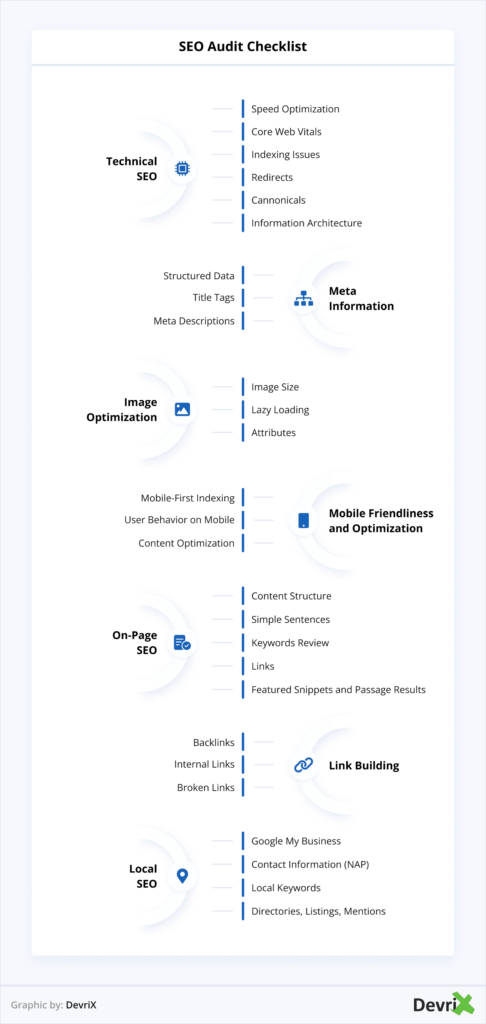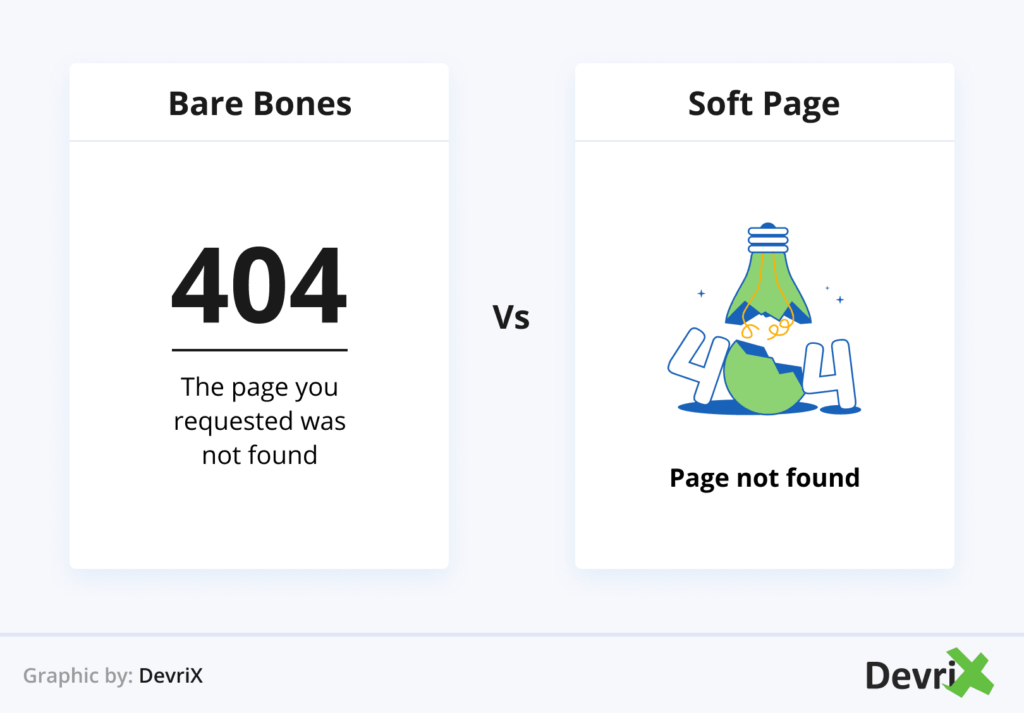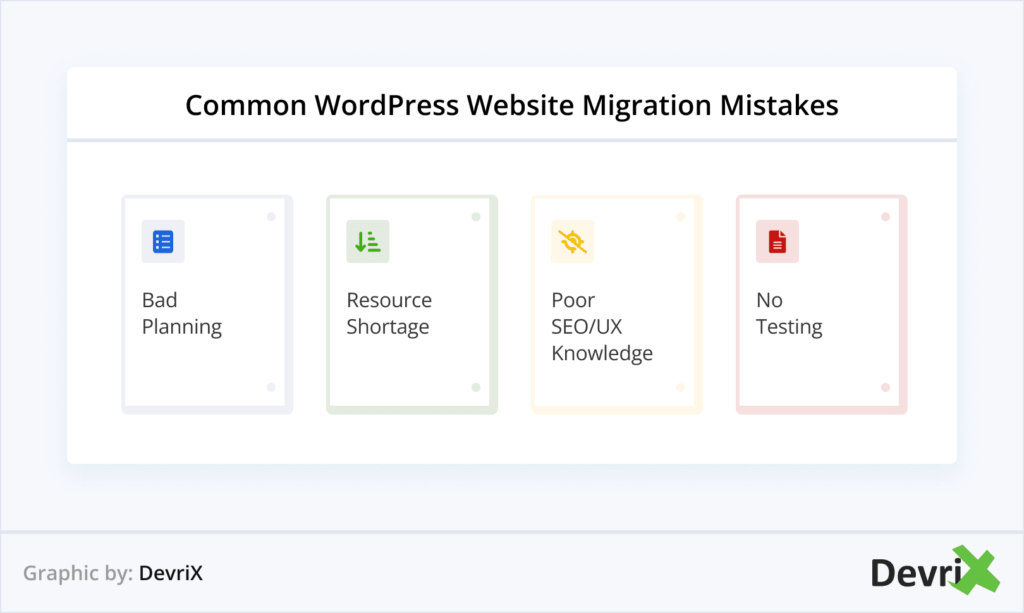
Gone are the days when consumers relied solely on advertising and product descriptions to make purchasing decisions. Now, they turn to user reviews to determine the quality, reliability, and overall experience of a product or service before hitting the “buy” button.
Customer reviews help business owners and marketers understand how happy customers are with their products, services, and marketing. When customers share their thoughts, it helps businesses improve their brand and build trust.
Online reviews are extremely important for any company operating in the digital space, as they help attract customers and keep a good reputation.
The Power of User Reviews in E-commerce
Let’s find out why user reviews matter in e-commerce and how they influence consumer behavior.
#1. Establishing Trustworthiness and Credibility
When potential customers see positive reviews from other users, it validates their decision to consider purchasing from the brand. Positive reviews act as endorsements from real people, reassuring shoppers that they are making a wise choice.
Unlike marketing messages or product descriptions, user reviews are perceived as authentic, unbiased opinions from fellow consumers. Consumers trust the experiences and insights shared by other users, knowing that they are based on real interactions with the product or service.
Transparency is essential in building trust with consumers. By openly displaying user reviews, e-commerce businesses demonstrate transparency and confidence in their offerings. Even if a product receives some negative reviews, the transparency of displaying all feedback, both positive and negative, reinforces the brand’s honesty and integrity.
Shopping online involves a degree of uncertainty for consumers, especially when they cannot physically examine the product before purchase. User reviews lower this risk by providing details about the product’s quality, performance, and suitability. When shoppers see positive reviews from others who have had positive experiences, it reduces the perceived risk associated with the purchase.
#2. Increasing Conversions
User reviews show that a product or service is good and reliable. When potential buyers see good reviews from other users, it makes them believe the product will work well and do what it says. This validation encourages hesitant shoppers to proceed with the purchase, thereby increasing conversion rates.
Positive user reviews can create a sense of urgency or FOMO (Fear of Missing Out) among potential buyers. When shoppers see glowing reviews and high ratings for a product, they may fear missing out on the positive experiences shared by others. This fear of missing out can prompt them to take immediate action and complete the purchase.
Products with a higher number of positive reviews often receive better visibility on e-commerce platforms. Many platforms prioritize products with positive reviews in search results or featured sections, making them more visible to potential buyers. Increased visibility leads to higher traffic and, consequently, higher conversion rates.
#3. Enhancing SEO and Search Rankings
User reviews provide fresh, relevant content that search engines like Google value. Search engines prioritize websites with regularly updated content, and user reviews continuously add new content in the form of product feedback, testimonials, and discussions. This fresh content tells search engines that the website is current and helpful, which can make it appear higher in search results.
User reviews often contain long-tail keywords and phrases that are specific to the products or services being reviewed. Long-tail keywords are more targeted and less competitive than generic keywords, making it easier for e-commerce websites to rank for them. By incorporating these long-tail keywords into user-generated content, e-commerce businesses can attract organic traffic from users searching for those specific terms.
Websites with user reviews tend to have higher levels of user engagement and longer average time spent on the site. When users read reviews, they are more likely to stay on the website longer, browse additional products, and interact with other content. Search engines interpret this increased engagement as a positive signal of the website’s relevance and usefulness, which can positively impact its search rankings.
User reviews can be shared on different online platforms, like social media, review sites, and other online stores. When user-generated content is distributed widely across the web, it creates more backlinks and references to the e-commerce website, boosting its authority and credibility in the eyes of search engines.
Implementing schema markup for user reviews can enhance their visibility in search results by displaying rich snippets, such as star ratings, review counts, and review snippets. These rich snippets make the search results more visually appealing and informative, increasing click-through rates and improving the website’s overall search visibility.
#4. Fostering Customer Engagement and Loyalty
Let’s find out how user reviews can foster customer engagement and loyalty:
- Interactive Communication: User reviews create a platform for interactive communication between customers and the brand. When customers write reviews, they are interacting with the brand and giving useful feedback. Responding to reviews, whether positive or negative, shows that the brand values customer input and is committed to addressing their concerns. This fosters two-way communication and strengthens the relationship.
- Sense of Community: User reviews contribute to creating a sense of community among customers. When shoppers read reviews from other users who have purchased the same product or used the same service, they feel connected to a community of like-minded individuals. This improves their satisfaction level and shopping experience which would ultimately make them come back to the brand for more purchases.
- Feedback Loop: Customer reviews allow businesses to make the necessary changes to their products or services to improve the overall experience for customers. By listening to customer feedback and making necessary adjustments, brands demonstrate their commitment to customer satisfaction and continuous improvement. This ongoing communication strengthens the bond between the brand and its customers, making them feel like partners.
- Word-of-Mouth Marketing: User reviews can act as powerful word-of-mouth marketing tools. Happy customers who write good reviews might tell their friends, family, and others about the brand, helping to bring in more customers. Word-of-mouth recommendations from trusted sources are incredibly influential and can drive new customers to the brand, which in turn can increase customer engagement and loyalty.
Final Thoughts
Adopting reviews can facilitate business growth by boosting sales and providing insights into customer expectations. Although there are multiple approaches to gathering customer reviews, streamlining the review submission process can simplify the task for them and help you get more reviews quickly.
Understanding how important reviews are and using them well can help you stand out from competitors in the competitive online market.
Featured image by Sarah Vombrack on Unsplash
The post Unveiling the Power of User Reviews in E-commerce appeared first on noupe.






